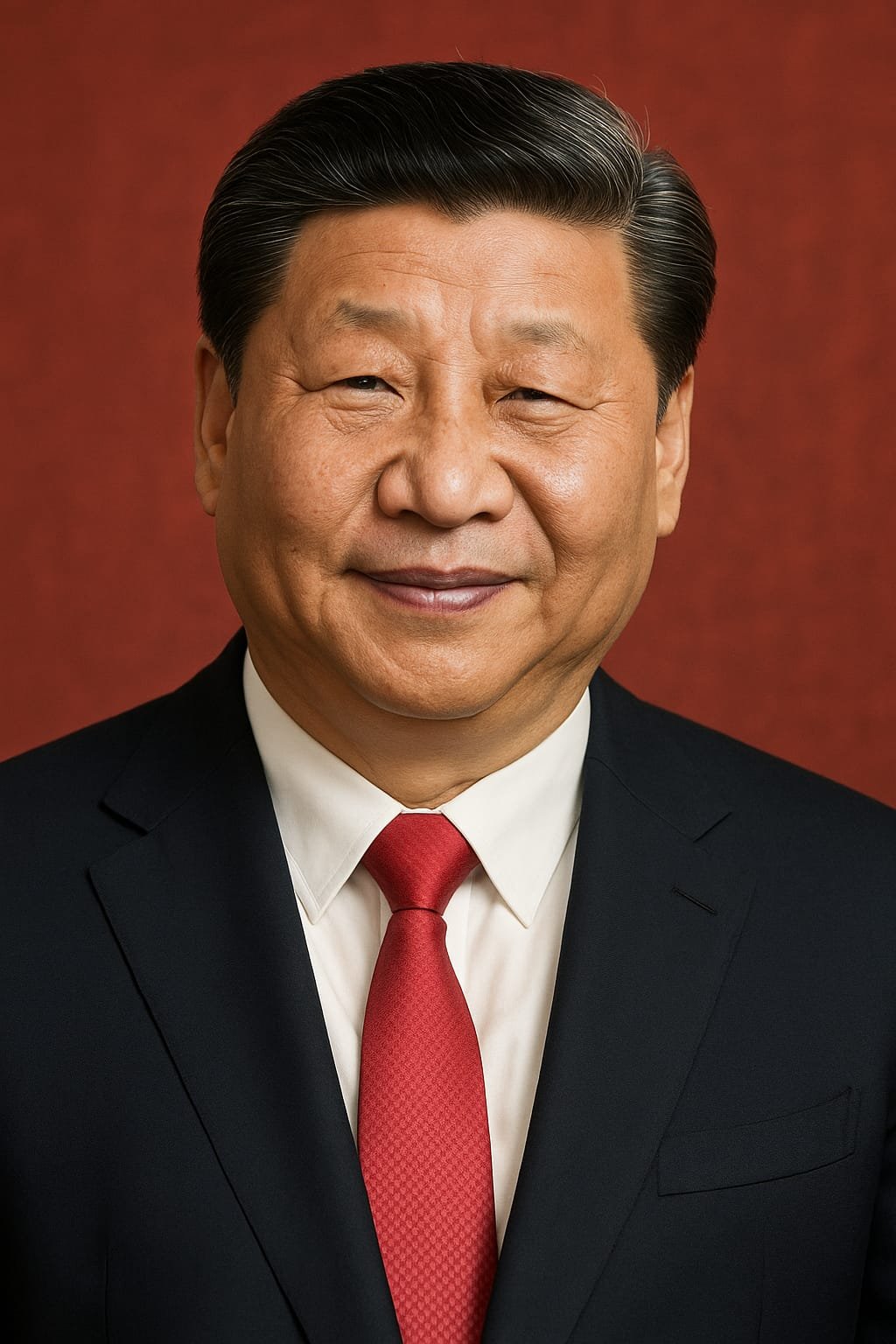Dark Chocolate has captivated on people's tastes all around the world due to its rich flavour and luxurious texture. It has a higher cocoa content and a richer more delicious flavour than milk chocolate, which has additional sugar and milk solids.
The seeds of the cacao tree, or cocoa beans (Theobroma cacao), are used to make dark chocolate. Dark chocolate is made by combining cocoa mass—which is obtained from the beans—with sugar, occasionally a tiny bit of lecithin, and the results of fermentation, drying, roasting, and grinding.
Minerals including zinc, iron, and magnesium are abundant in dark chocolate. It might also lessen white blood cells' retention to blood vessels and increase the flexibility of arteries. It's better to consume dark chocolate in moderation because it contains a lot of sugar, fat, and calories. You should not exceed 25–36 grams of added sugar per day, depending on your size and gender, according to the American Heart Association's recommendations. It also has the potential to reduce symptoms of depression because it includes precursors of serotonin, which can help with blood flow, and it increases the release of endorphins, the brain's natural feel-good chemicals. Because of its bioactive ingredients, the skin is better able to retain moisture, blood flow, and protection from UV damage.
Dark Chocolate has a higher concentration of cacao and more expensive than milk chocolate, making it the choice among many gourmet chocolates. Indian cocoa bean prices have touched a record Rs. 650 per kg, triggered by surging rates in the global market. Local prices are up 200 percent from a year ago, when the rates ranged between Rs. 200 and 220 per kg Dark chocolate contains more cocoa solids than white or milk chocolate, so it's more expensive to make.
There are many substitutes for dark chocolate are coco powder, carob, chocolate ice-creams, fruits, nuts, frozen berries, peanut butter, raisins and dates.
Dark chocolate is the preferred option among many gourmet chocolates, since it has a higher cacao content and is more costly than milk chocolate. Costs for Indian cocoa beans have reached a record of Rs. 650 per kg, due to rising costs in the international market. Prices in the area have increased by 200% from a year ago, when they were between Rs. 200 and Rs. 220 a kg. Dark chocolate is more expensive to create than white or milk chocolate because it has a higher cocoa solid content.
Coco powder, carob, chocolate ice cream, fruits, nuts, frozen berries, peanut butter, raisins, and dates are just a few of the many options available to replace dark chocolate.
Due to its premium image and regular marketing as a more elite and affluent product, dark chocolate has become incredibly popular. Chocolate lovers who want a fancy treat are going to enjoy this one. Considering dark chocolate is seen as a healthier option than other candies and desserts, it fits right into this trend. It is enjoyed all across the world, and its widespread availability across cultures has added to its charm. Both global brands and regional craftspeople provided a variety of solutions to suit a range of tastes and preferences. It is a better option for people trying to cut back on their sugar intake because it has less sugar than milk chocolate.
The growth of e-commerce has made it easier for consumers to access a wide variety of dark chocolate products. Online retail channels have expanded the reach of artisanal and niche brands, contributing to market growth. Dark Chocolate is creating a notable growth as consumers become more aware of the health benefits associated with dark chocolate, such as its antioxidant properties and lower sugar content, demand has increased. Consumers are willing to pay more for high-quality, artisanal, and ethically sourced dark chocolate products. This trend has encouraged manufacturers to innovate and offer premium dark chocolate options. Businesses are always coming up with new ideas to satisfy customers' desires for unique flavours, organic ingredients, and extra health advantages. Superfoods (like quinoa and chia seeds), exotic spices, and fruit infusions are examples of innovations that have drawn in new clients while holding on to old ones. Chocolate bars, baking chocolate, and dark chocolate treats are just a few of the new products that major chocolate makers are adding to their portfolios of dark chocolate products. The dark chocolate market has experienced notable industrial expansion and economic scale, which can be attributed to wider changes in consumer tastes and market dynamics. Overall, a mix of ethical consumption, health trends, and local market dynamics is driving the industrial growth and economic scale of the dark chocolate industry. With continuous advancements and rising consumer awareness, the future appears bright.
FAQ:
1- When is Chocolate Day celebrated around the world?
The world chocolate date is celebrated on July 7 every year. It is celebrated to encourage chocolate enthusiasts to share their feelings and tastes.
2- When was chocolate invented?
Chocolate was invented in the 16th century in Europe. The exact date is difficult to mention, but it might have been invented in 1550 in Europe.
3- Why is Chocolate Day celebrated across the world?
It is celebrated worldwide to showcase its historical as well as cultural significance. Chocolate lovers celebrate this day with enthusiasm and share the benefits of dark chocolate worldwide, creating awareness and knowledge.
4- How do we get involved in the celebration of World Chocolate Day?
There are many ways you can get involved in the celebration of World Chocolate Day, such as by indulging in chocolate treats, trying new and fresh chocolates, learning more about the benefits of chocolate, sharing your love on social media, and arranging parties among friends and families.
- Written by Srishty Madan (email- srishtymadan27@gmail.com)



.jpeg)

.jpeg)







.jpeg)



.jpeg)




Deep mala
1 year agoI love dark chocolate
Deep mala
1 year agoI love dark chocolate